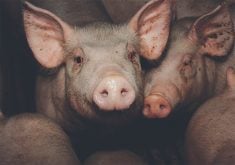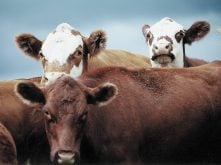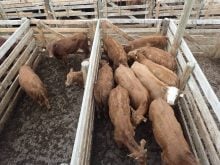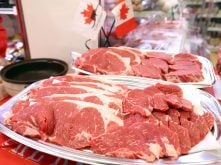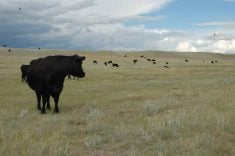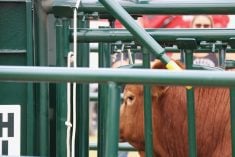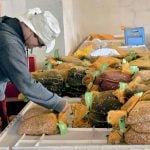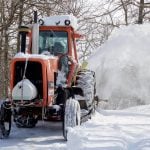AIRDRIE, Alta. – Yardage costs have become an important way to determine cost of production on the farm.
The cost of producing one pound of gain per calf is often a poorly understood part of a livestock operation, yet it has a major impact on potential year-end profit.
Once associated with custom feedlot charges, yardage refers to the cost of keeping a cow or feeder animal and is based on the cost per head per day, not including feed.
“Capital costs go on whether you feed them or not,” Alberta Agriculture economist Ted Darling said during a recent livestock seminar sponsored by the Foothills Forage Association.
Read Also
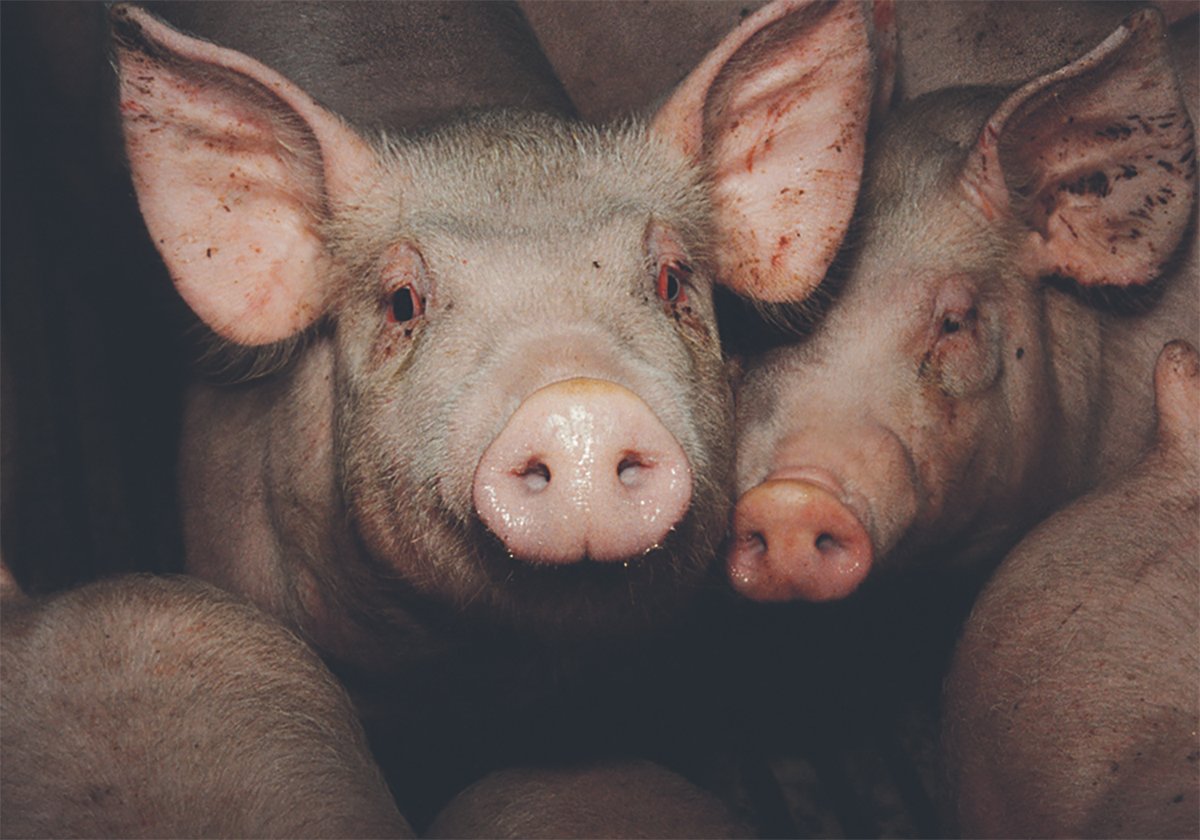
The Western Producer Livestock Report – October 30, 2025
Western Producer Livestock Report for October 30, 2025. See U.S. & Canadian hog prices, Canadian bison & lamb market data and sales insights.
People often make the mistake of assuming that general studies on cost of production apply to their own operations, but this is not true. Yardage costs vary from one operation to next.
Computer software can provide spreadsheets to calculate individual enterprise expenses and potential profit.
The programs also handle fixed and variable costs, which include labour, repairs, utilities, fuel, custom work, veterinary care and medicine.
Fixed costs are lease payments, interest charges and machinery and building costs, including depreciation. Land is not considered a fixed cost because it does not depreciate.



